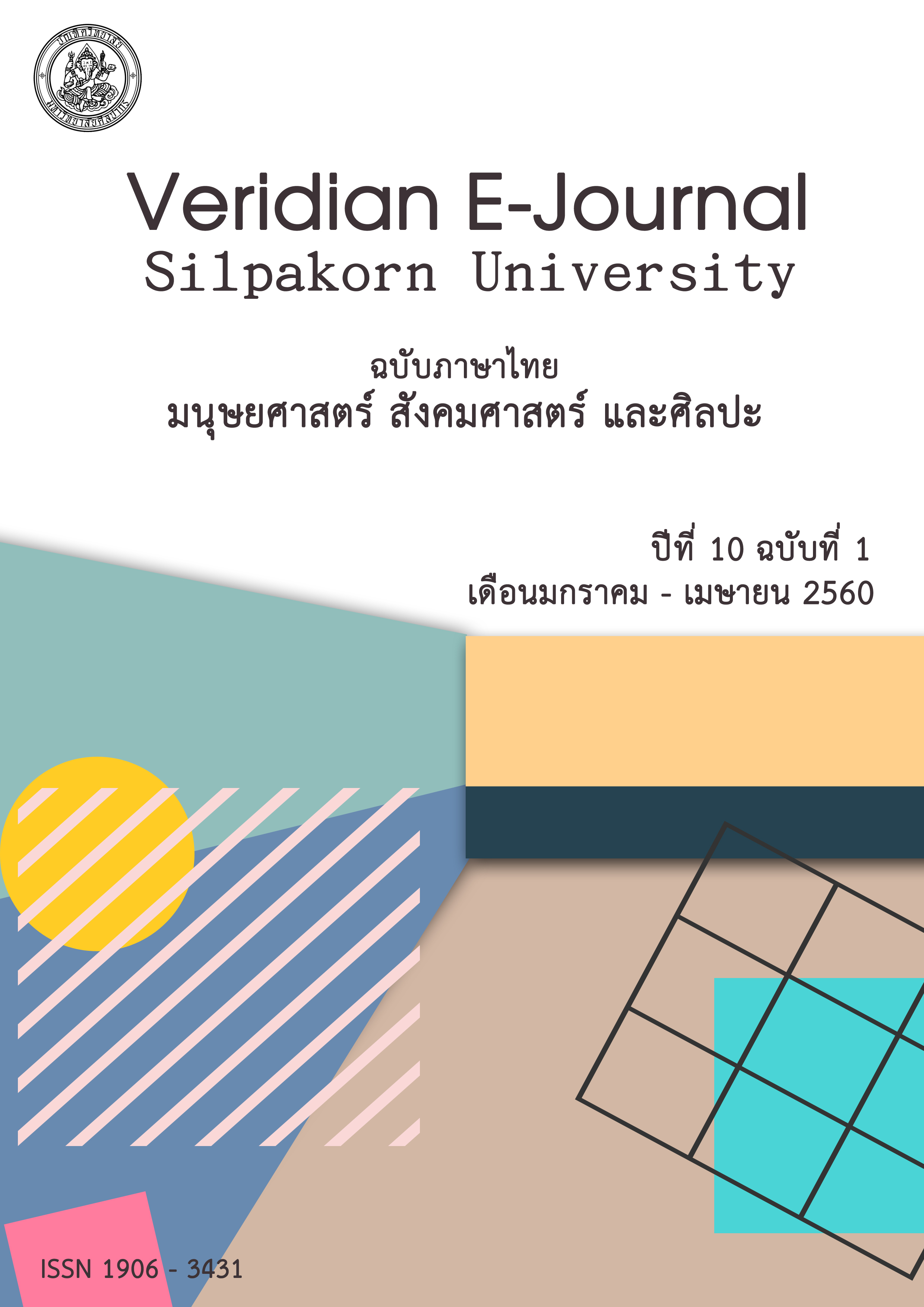เมื่อประเทศเฮติ ประเทศเล็ก ๆ หาญกล้าในการหา “ความจริงระดับโลก” ต่อประเทศสหรัฐอเมริกา: กระบวนการสร้างความปรองดองในประเทศเฮติ
Main Article Content
บทคัดย่อ
ประวัติศาสตร์ความรุนแรงที่เกิดขึ้นในประเทศเฮติดำรงอยู่นับเป็นเวลานาน และประเทศสหรัฐอเมริกามักเข้ามาแทรกแซงกิจการภายในประเทศเฮติ นักวิชาการจึงเรียกประเทศเฮติในอดีตว่าเป็นรัฐเงา บทความนี้ให้ความสำคัญกับประวัติศาสตร์การเมืองร่วมสมัยในประเทศเฮติ และกระบวนการค้นหาความจริงและสร้างความปรองดองภายหลังการรัฐประหารโค่นล้มประธานาธิบดีนายฌอง แปร์ตอง อรีสตีดในปี 1991 ซึ่ง การรัฐประหารนี้ได้รับการสนับสนุนของสหรัฐอเมริกา รัฐบาลใหม่ในระบอบทหารได้สังหารผู้นิยมในนายอรีดตีด ไม่น้อยกว่า 5,000 คนในระหว่างปี 1991-1994 ต่อมาคณะกรรมการค้นหาความจริงและความยุติธรรม เพื่อชาวเฮติได้รับการจัดตั้งขึ้นในปี 1995 เพื่อค้นหาความจริงเกี่ยวกับการละเมิดสิทธิมนุษยชนระหว่างปี 1991-1994 และเพื่อสร้างความปรองดองในประเทศ บทความนี้ได้นำเสนอว่า คณะกรรมการค้นหาความจริงและความยุติธรรมเพื่อชาวเฮติได้กระทำในสิ่งที่ยิ่งใหญ่และแตกต่างจากคณะกรรมการปรองดองในประเทศอื่น ๆ สองประการคือ ประการแรกคือ คณะกรรมการปรองดองในประเทศอื่น ๆ มักให้ความสำคัญกับผู้ก่อความรุนแรง เป็นหลัก แต่คณะกรรมการฯ ของเฮติให้ความสำคัญหมายรวมไปถึงผู้ยุยงด้วย และประการต่อมาคือคณะกรรมการปรองดองในประเทศอื่น ๆ มักให้ความสำคัญกับการค้นหาความจริงจากเหตุการณ์การละเมิดสิทธิมนุษยชนภายในประเทศ แต่คณะกรรมการฯ ของเฮติหมายรวมถึงความจริงทั้งภายในและภายนอกประเทศ นอกจากนี้ บทความนี้ยังกล่าวถึงความล้มเหลวในการสร้างความปรองดองในประเทศเฮติจนนำไปสู่ การรัฐประหารโค่นล้มรัฐบาลนายอรีดตีดอีกครั้งในปี 2004
Haiti has had a long violent history. Recently, Haiti has been within the sphere of influence of the USA and has been called a shadow state. This paper focused on its contemporary history and the truth finding process and reconciliation after the 1991 coup which overthrew the Jean-Bertrand Aristide government which had been backed by the USA. After this coup, the military regime killed more than 5,000 Aristide supporters during 1991-1994. Haiti’s Truth and Justice Commission was set up in 1995 to find the truth about gross human rights violations during 1991-1994 and to bring about reconciliation. This paper also showed that Haiti’s Truth and Justice Commission had a difficult job which differed from other truth and reconciliation commissions on at least 2 issues. The first was that other truth and reconciliation commissions just concentrated on the perpetrators of the violence but Haiti’s Truth and Justice Commission also concentrated on those who instigated the violence. The second was while other truth and reconciliation commissions only looked for the truth about gross human rights violations in their own countries, Haiti’s Truth and Justice Commission looked at both their domestic and also the global truth. Finally, this paper presented the failure of reconciliation in Haiti which led to another coup which overthrew the Aristide government again in 2004.

